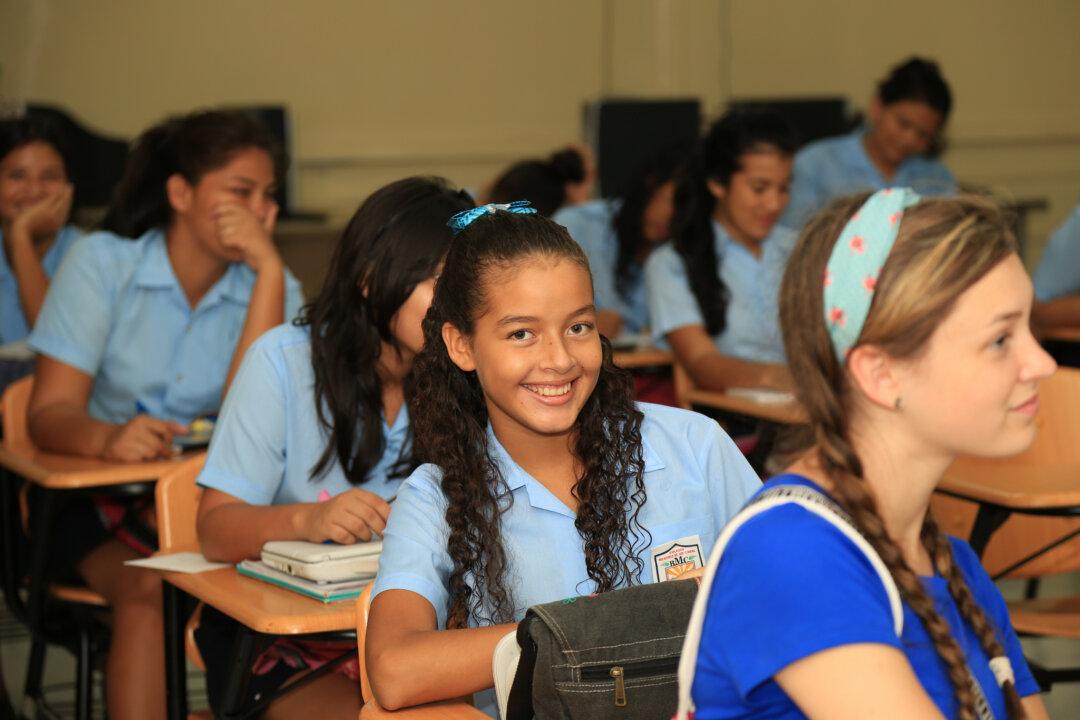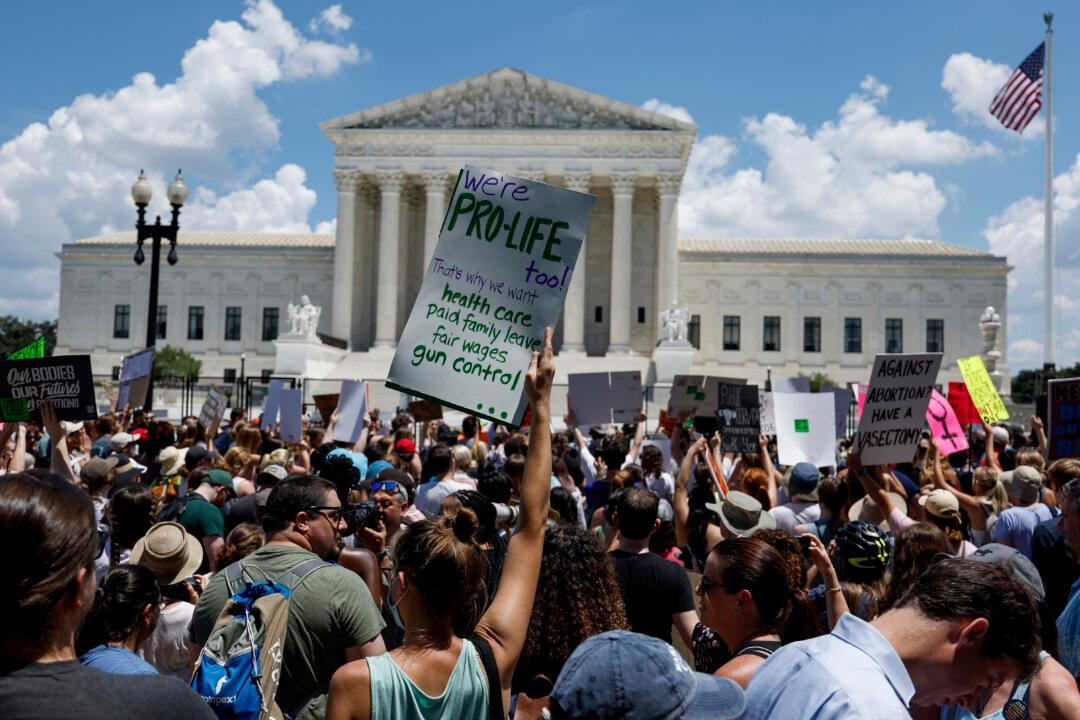The results from the District of Columbia statewide spring 2023 education assessments in English language arts (ELA) and math were released on Aug. 23, and the district’s public school officials said they were sobering.
The report (pdf), released by the Office of the State Superintendent of Education (OSSE), assessed students in third grade through eighth grade and some high school students.





